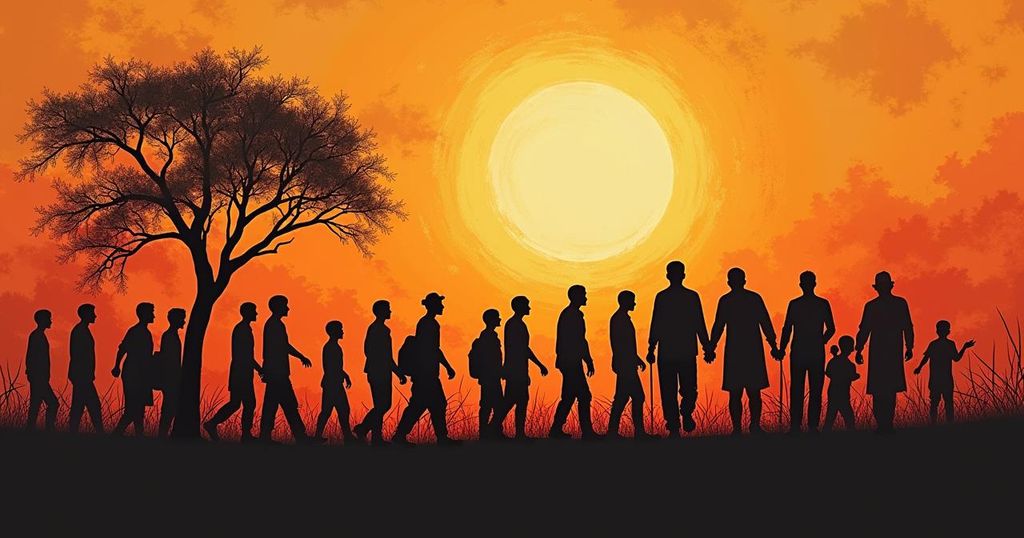The Barbican’s exhibition “The Imaginary Institution of India” delves into India’s political history from the Emergency of 1975 to the nuclear era, exploring how artists have responded to state oppression and societal upheaval through vivid art. Key themes include marginalisation, civic engagement, and the evolution of artistic practices reflecting India’s tumultuous socio-political landscape.
India, the world’s largest democracy, recently held a national election with nearly 650 million voters. While the democratic process seems deeply rooted, the nation has a history of authoritarian rule, notably during Indira Gandhi’s Emergency from 1975 to 1977, when civil liberties were suspended and oppression marked political life. The exhibition “The Imaginary Institution of India” at the Barbican in London employs this Emergency period as a lens to explore India’s political turmoil through art, leading to its emergence as a nuclear power in 1998. The showcased artworks reflect the transformative social and political landscape, highlighting the civic engagement of artists who responded to state abuses and crises. For example, Gulammohammed Sheikh’s painting “Speechless City” depicts a desolate urban landscape, presaging the communal violence of the 1980s and 90s. Artists like Bhupen Khakhar and Savindra Sawarkar have focused on marginalised communities and issues such as caste discrimination and queer identity. Chronicling turbulent events like the riots following Gandhi’s assassination and the public response to the rape of Mathura, the exhibition illustrates how artists became conduits for activism. It also reflects the evolution of artistic practice in response to socio-political upheaval, such as Sheela Gowda’s shift to using cow dung in her installations to comment on societal contradictions. This art bears witness to both despair and resilience, echoing ongoing struggles against the backdrop of modern India under Modi’s government.
The history of India is marred by periods of political tumult and authoritarianism, exemplified during the Emergency declared by Indira Gandhi in 1975. This era saw severe restrictions on civil liberties, including censorship and imprisonment of political opponents, while the country faced extreme social challenges. The aftermath shaped a vibrant artistic response that has continuously engaged with issues of justice, identity, and societal change, culminating in milestones like India’s nuclear tests and its ongoing struggles against injustice. The art showcased in the Barbican exhibition provides insight into the evolution of political consciousness among Indian artists, reflecting both historical injustices and the resilience of civil society.
The exhibition at the Barbican highlights India’s historical and ongoing struggles for democracy, showcasing how artists have responded to and grappled with political oppression and social injustice. This art not only chronicles a painful past but also serves as a powerful reminder of the persistent fight for human dignity and rights, resonating with current socio-political challenges in India, including the recent democratic protests.
Original Source: www.theguardian.com
